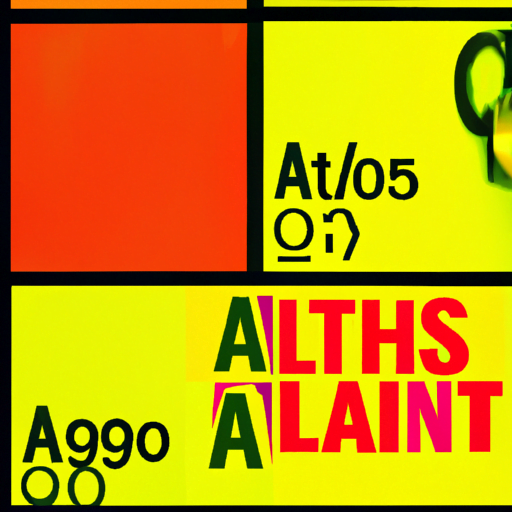-
Table of Contents
Alan Kitching: A Master of Typography
Typography is an art form that combines design, communication, and aesthetics. It plays a crucial role in shaping our visual experiences, from the books we read to the websites we visit. One name that stands out in the world of typography is Alan Kitching. With his unique style and mastery of the craft, Kitching has made a significant impact on the field of graphic design. In this article, we will explore the life and work of Alan Kitching, his contributions to typography, and the influence he has had on the design industry.
Early Life and Education
Alan Kitching was born in 1940 in Darlington, England. Growing up in a working-class family, he developed an early interest in art and design. Kitching’s passion for typography was ignited during his time at the Royal College of Art in London, where he studied graphic design. It was here that he discovered his love for letterpress printing, a technique that would become his signature style.
The Letterpress Revolution
In the 1960s and 1970s, typography was undergoing a significant transformation. The advent of digital technology threatened to render traditional printing techniques obsolete. However, a group of designers, including Alan Kitching, sought to preserve the art of letterpress printing. They believed that the tactile quality and craftsmanship of letterpress could not be replicated by digital means.
Kitching became a prominent figure in the letterpress revival movement. He established his own workshop, The Typography Workshop, in 1989, where he continued to practice and teach letterpress printing. His dedication to the craft and his innovative approach to typography earned him recognition and respect within the design community.
The Kitching Style
Alan Kitching’s work is characterized by bold, expressive typography. He combines traditional letterpress techniques with modern design principles to create visually striking compositions. Kitching’s use of color, texture, and scale adds depth and dimension to his work, making it stand out in a crowded digital landscape.
One of Kitching’s notable contributions to typography is his use of wood type. He has amassed an extensive collection of vintage wood type, which he incorporates into his designs. The irregularities and imperfections of the wood type add a unique charm and character to his work.
Kitching’s typographic compositions often feature a combination of uppercase and lowercase letters, creating a dynamic visual rhythm. He experiments with different typefaces, sizes, and weights to create contrast and hierarchy. Kitching’s designs are not just about conveying information; they are about evoking emotion and capturing the essence of the subject matter.
Influence and Legacy
Alan Kitching’s influence extends beyond his own body of work. He has inspired a new generation of designers to explore the possibilities of letterpress printing and to push the boundaries of typography. His workshops and lectures have provided invaluable insights and guidance to aspiring designers.
Kitching’s work has been exhibited in galleries and museums around the world, including the Victoria and Albert Museum in London and the Museum of Modern Art in New York. His designs have graced the covers of numerous books and magazines, and his collaborations with renowned artists and writers have further cemented his reputation as a master of typography.
One of Kitching’s most notable collaborations was with the British novelist and playwright, David Hockney. Kitching designed the typography for Hockney’s book, “A Bigger Message: Conversations with David Hockney.” The book showcases Kitching’s ability to capture the essence of Hockney’s art through his typographic compositions.
Key Takeaways
- Alan Kitching is a renowned typographer known for his bold and expressive designs.
- He played a significant role in the letterpress revival movement, preserving the art of traditional printing techniques.
- Kitching’s work combines traditional letterpress methods with modern design principles, creating visually striking compositions.
- His use of wood type and experimentation with scale, color, and texture add depth and character to his designs.
- Kitching’s influence extends beyond his own work, inspiring a new generation of designers to explore the possibilities of typography.
Conclusion
Alan Kitching’s contributions to typography have left an indelible mark on the design industry. His bold and expressive designs continue to inspire and captivate audiences around the world. Through his dedication to preserving traditional printing techniques and his innovative approach to typography, Kitching has elevated the art form to new heights. As we navigate an increasingly digital world, Kitching’s work serves as a reminder of the power and beauty of tactile design.
